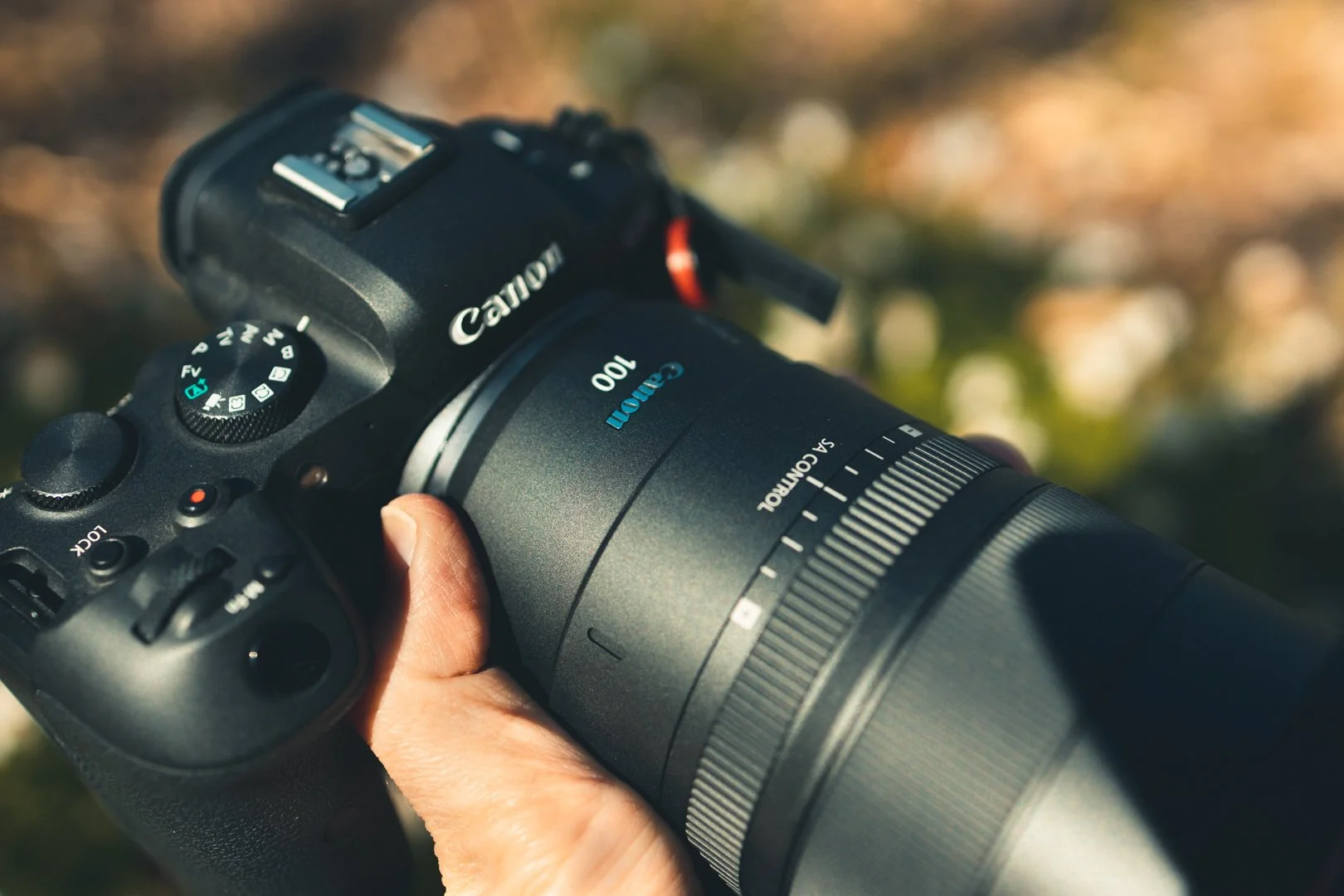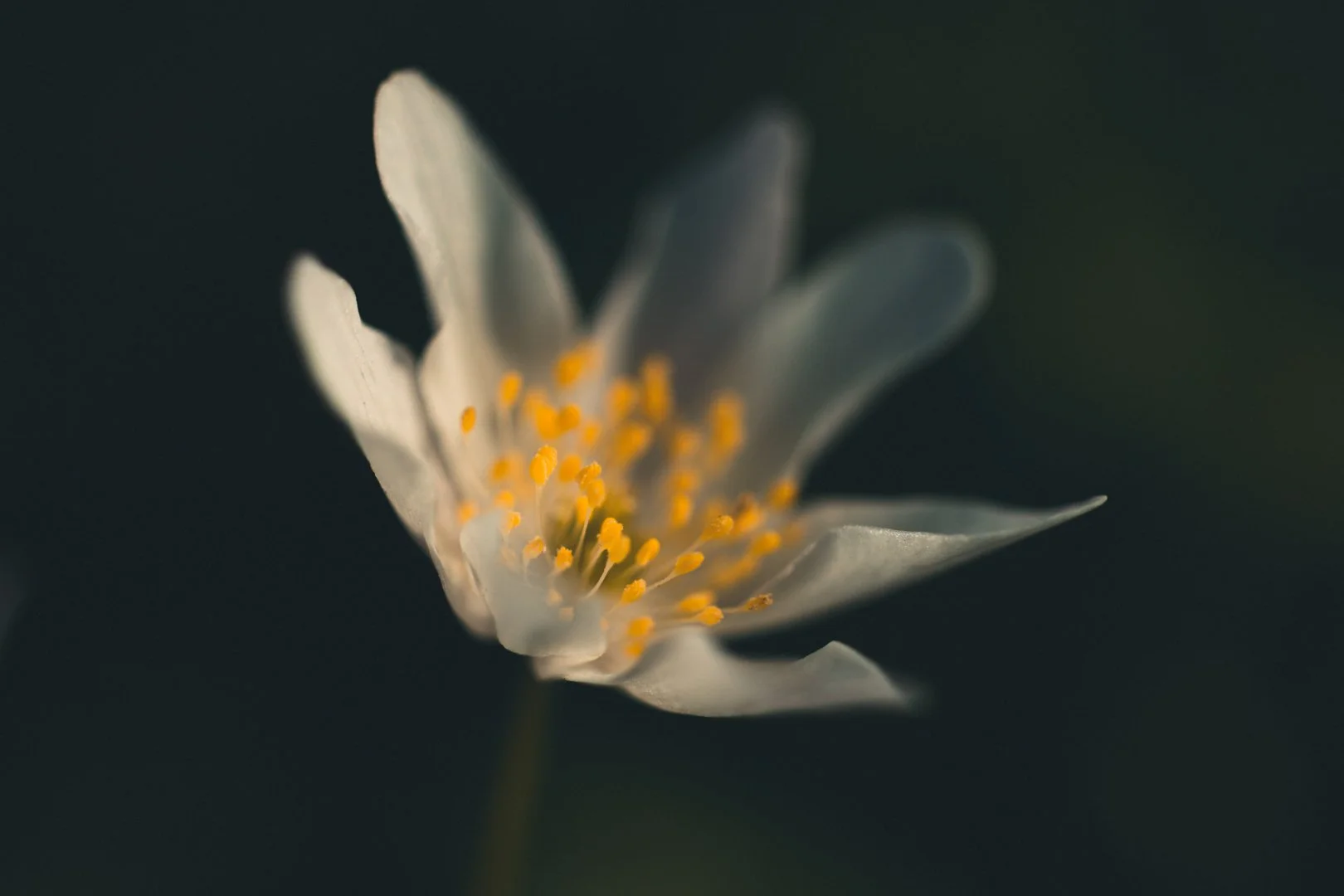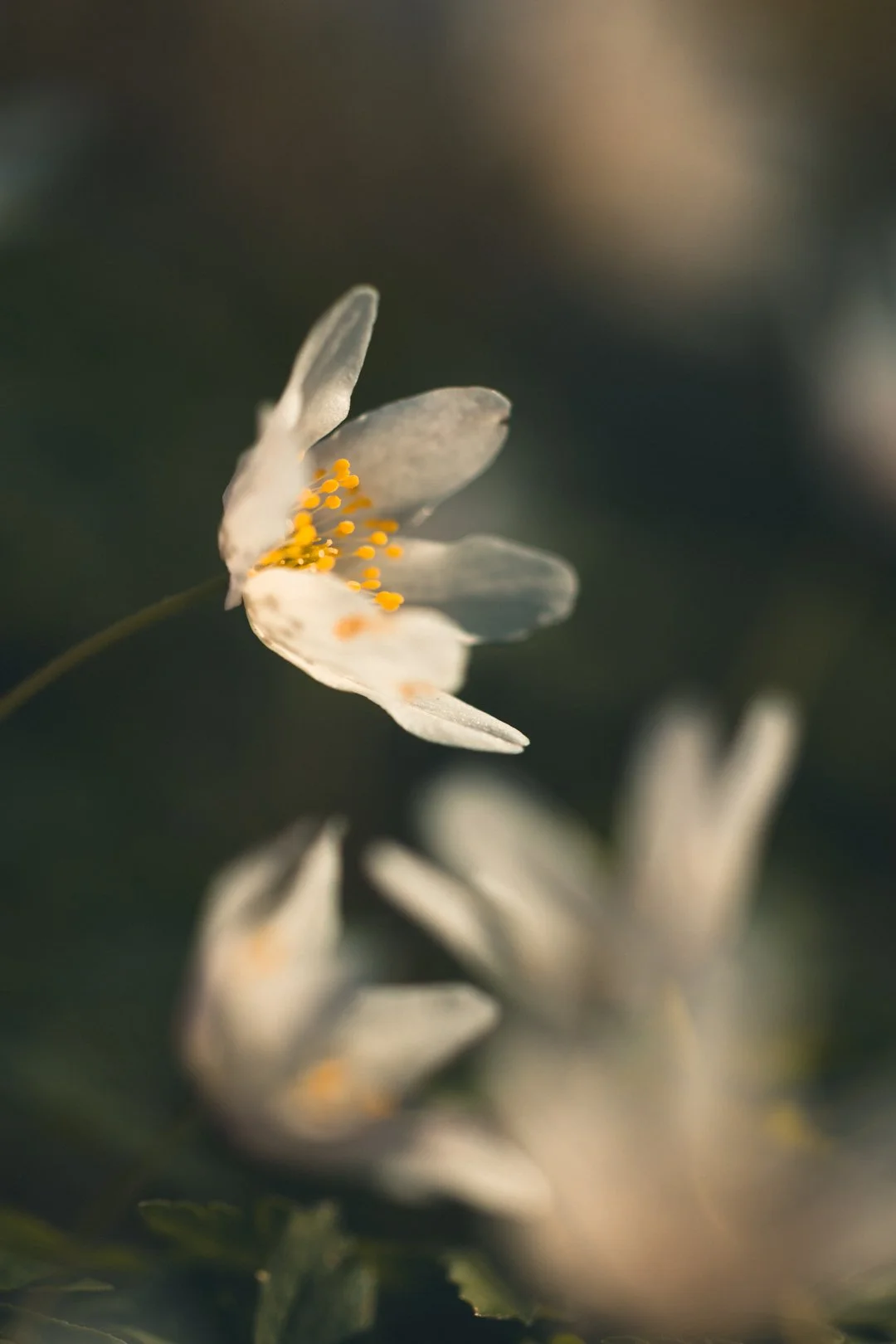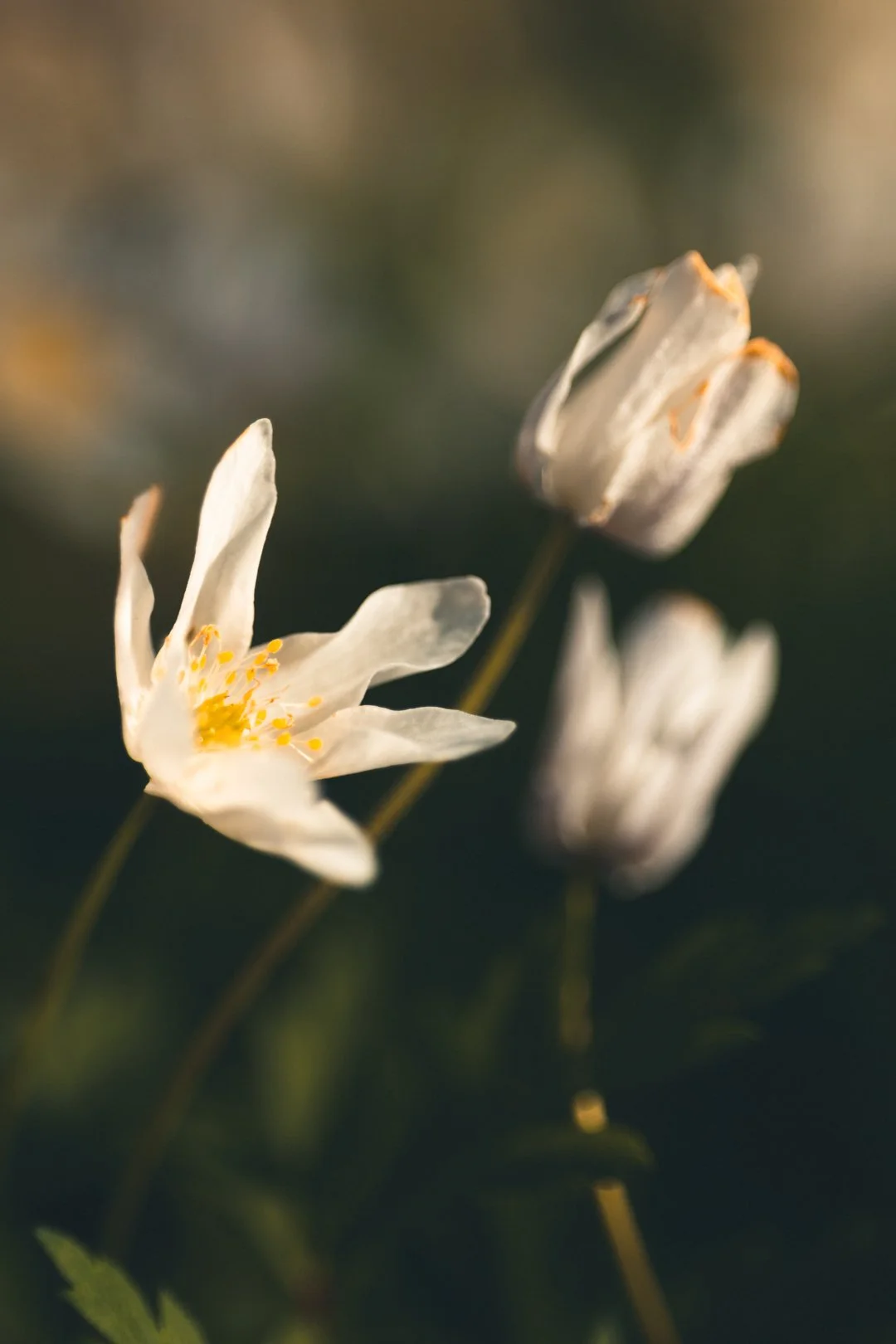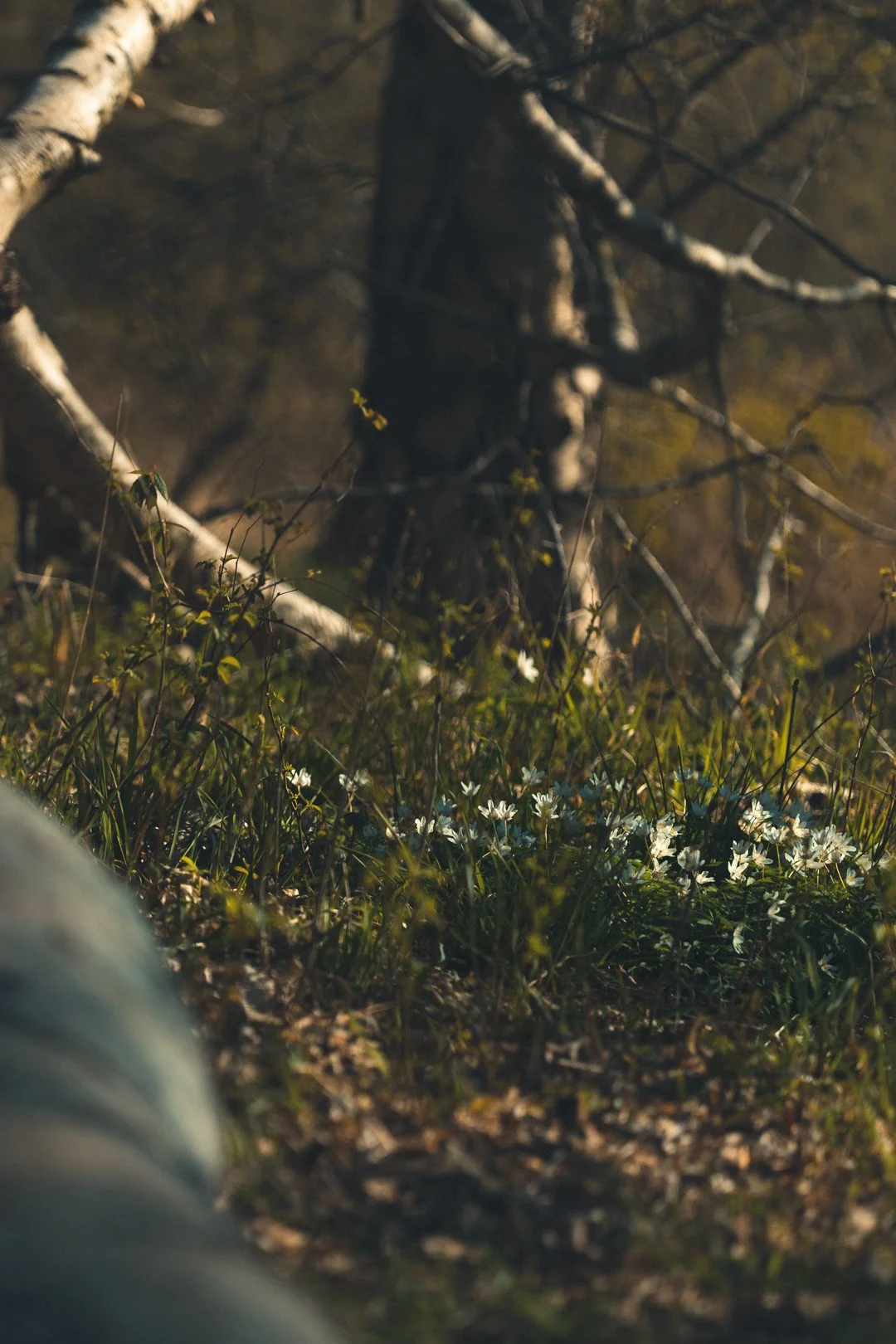First impression: Canon RF 100mm f2.8L Macro IS USM - On the Canon R6
DAMN what a lens! Macro is so much fun.
I have never done macro photography before, so keep that in mind when reading this. I got hyped from the macro experience, but have no experience in this field of photography.
Macro gets your ideas flowing
I want to do slow-motion 4K video of rain hitting the ground, a timelapse of a spider weaving its net, and coffee beans falling in slow motion into the grinder!
I was hesitating about this lens as I thought to myself, when will I ever make any sort of money from it?
It’s f2.8 and I already got a killer 85mm EF for portraits and a 35mm with macro-ish capabilities… but boy, did this lens just open up new creative ideas!
A lens that inspires you to use it is not a bad lens!
Sure, I can live without it, but a 100mm macro is more valuable to me than upgrading my nifty 50 rf to an f1.2.
(Since writing this, I find myself using this lens again and again. I use it for scanning negatives and for sharp portraits)
Canon R6 with the 100mm f2.8 RF Macro lens
A door has been opened to a new kind of photography
I felt alive again, motivated to pursue something different and learn yet another aspect of photography. I’m by no means a macro photographer just because I got the lens, but that does not mean that I can’t use it to produce gorgeous images and although my first images are pretty basic without much interest, they sure look pretty.
All the photos above was taken with a Canon R6 and the 100mm f2.8 RF lens. Shots were edited in Adobe Lightroom using this preset along a few corrections and gradient masks. Uploaded as FHD.
More than Macro
I love a multipurpose lens, and this 100mm fits the bill. I can’t wait to use it for an upcoming wedding, and I might just sneak in a quick portrait shoot before that. But until then, my dog Aslan will play the role of model.
I wanted to see how the background rendered, how the compression looked, and how crisp a shot I would get at a longer distance. The 100mm L lens definitely lived up to the L-expectations—beautiful bokeh, sharp images, great compression, and wonderful colors.
The lens seems to add more contrast to my images compared to non-L RF primes (35mm and 50mm).
One comment I would like to make is that manual focus is tricky at long distances. The focus shifts rapidly, and even a small twist on the focus ring will throw the focus back or forth. This might just be me, but it’s something to keep in mind.
Close-up, the focus ring is nice, precise, and smooth.
I will get back to autofocus in a sec.
All the photos above was taken with a Canon R6 and the 100mm f2.8 RF lens. Shots were edited in Adobe Lightroom using this preset along a few corrections and gradient masks. See before and after at the end of blog. Uploaded as 1080x1920.
Auto-focus vs manual focus
First of all, I have not checked if I got the latest firmware update for my R6 or the 100mm. I just bought it and wanted to shoot right away :D
Using autofocus is very different with this 100mm macro lens compared to something like my 85mm EF f1.4 IS L. I need more practice before I can answer what the best settings are, but on the day I found that spot autofocus helped a lot, plus setting the focus limit on the lens itself for the extreme close-ups.
I ended up using manual focus for quite a few shots in the beginning, and at f2.8 on a 100mm lens, it is a CRAZY shallow focus. Moving a single millimeter changes focus entirely. So I get why macro shooters often use a tripod.
The lens is, however, image stabilized, and combined with the IBIS of the R6, you get some really steady shots and the possibility to shoot at a rather slow shutter speed for some interesting moving results—like getting a sense of the wind blowing through the petals.
The R6 has a focus bracketing feature, which is ideal for macro photography on a tripod—something I will test at some point—but I just can’t be arsed to bring a tripod when I’m out and about. I just love the freedom and the speed of going handheld.
Like I said, the image stabilization is amazing, but for video you might want to add the digital IS to the mix or do so in post. When you shoot at extreme close-ups, any movement feels big. I have a steady hand, but it is hard to get smooth motion.
Which brings me to my next point: video.
Video is absolute eye candy
I am drooling over how beautiful the video looks at this focal length. It’s shaky when played back at normal speed but for b-roll stuff at 50 % speed it is gorgeous. And for some of these shots I was holding Aslan’s leash.
The video was shot with the R6 in 4k 50p at 1/2500 at f2.8. I did not have a ND filter with me, so that’s the reason for the extreme shutter speed. The lens IS was on, as well as the R6 IBIS with the exception of the very last shot.
I can definitely see myself using this lens for video work. That bokeh is delicious.
Reflecting upon my images
Next time, I might experiment a bit more with a tighter aperture, instead of shooting everything at 2.8.
I will definitely experiment more with autofocus and manual focus.
Things get darker when you get extremely close, so I should keep looking for the light that hits my subjects.
I want to experiment more with bracketing.
Perhaps try this lens on a tripod for video work.
Test it for portraits.
Get familiar with the SA Control, which probably deserves an in-depth review of its own
Links and full disclosure
I was not paid to make this review.
The links below are affiliate links, which if clicked may generate an income for me, if users makes an order on Amazon afterwards.
This does not add any extra cost for you.
Canon RF 100mm f2.8L Macro IS USM - Amazon US
Presets of photos used and created by me.
